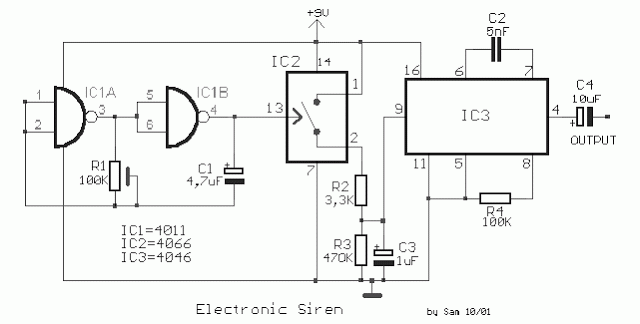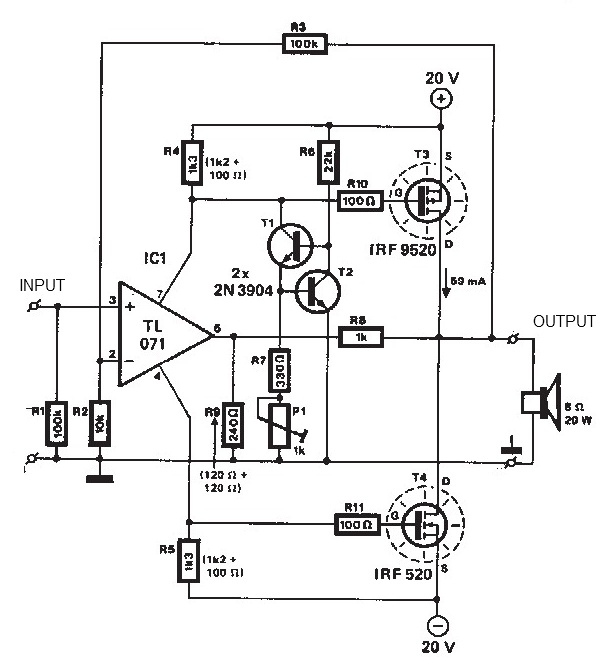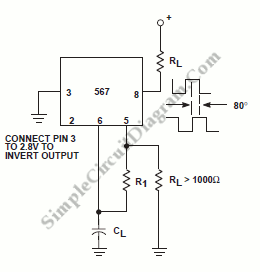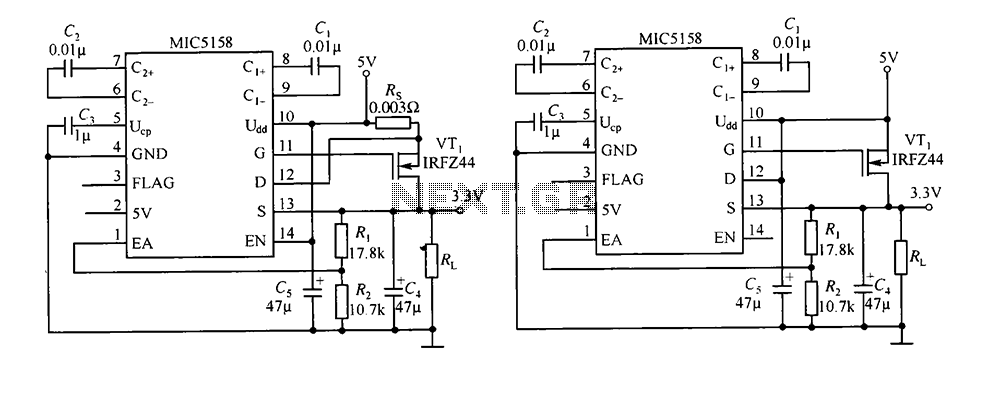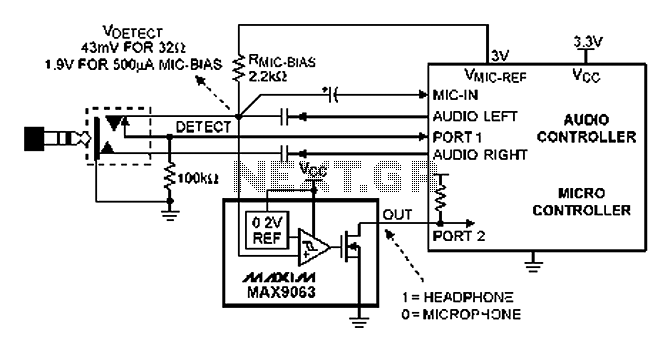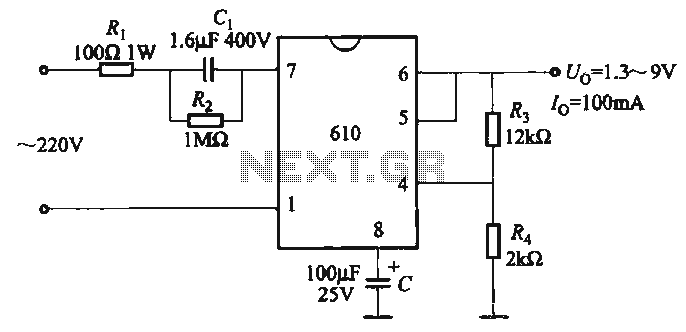
211 SET 40W output design and mfg
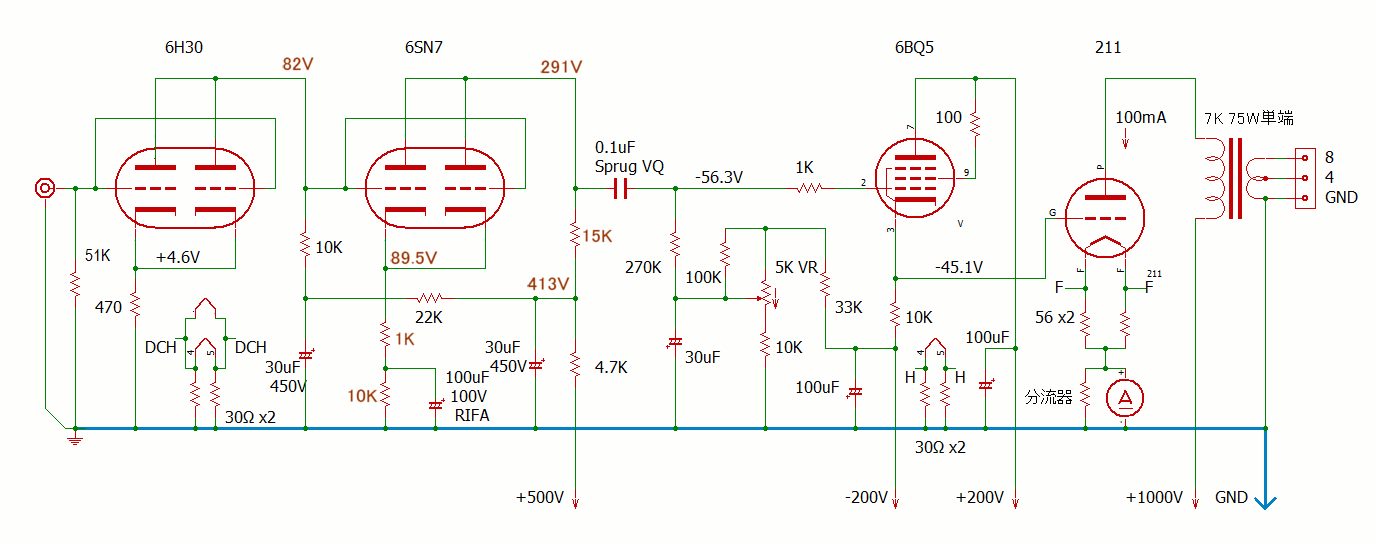
An amplifier that utilizes either 211 or 845 vacuum tubes, delivering slightly over 40 watts of output power. To achieve this level of power, the tubes must operate in Class A2, which can be effectively managed with a suitable driver stage. A key component in this design is a reliable follower; while a 6BQ5 tube can serve this purpose, a MOSFET is also employed. The circuit is designed for a 7K ohm load at 1000 volts, though a 10K ohm load at 1100 volts is used in this configuration. Both setups are simulated to produce approximately 40 watts using Tubecad SE amp CAD software. The amplifier is expected to perform exceptionally well and provide a pleasing sound quality.
This amplifier design harnesses the characteristics of high-power vacuum tubes, specifically the 211 and 845, which are renowned for their warm sound and high fidelity. Operating in Class A2 allows for a linear amplification of the audio signal, ensuring minimal distortion and a rich tonal quality. The choice of a good driver stage is critical; it must be capable of delivering the necessary voltage and current to the output stage while maintaining signal integrity.
The use of a follower stage is essential for impedance matching and signal buffering. A 6BQ5 tube is a traditional choice for this application, providing sufficient gain and drive capability. However, the use of a MOSFET in this role can offer advantages such as lower output impedance, greater thermal stability, and improved linearity. This allows for a more efficient transfer of power to the output stage.
The load impedance is also a crucial factor in the amplifier's performance. A 7K ohm load at 1000 volts is a standard configuration that provides a good balance between power output and efficiency. In contrast, the design incorporating a 10K ohm load at 1100 volts may enhance the overall headroom and dynamic range of the amplifier, allowing it to handle transient signals more effectively.
Simulation tools like Tubecad SE amp CAD are invaluable for analyzing the amplifier's performance characteristics before physical implementation. These simulations can predict the output power, distortion levels, and frequency response, ensuring that the design meets the desired specifications.
Overall, this amplifier configuration is anticipated to deliver robust performance, making it suitable for audiophiles seeking high-quality sound reproduction. The combination of careful component selection, optimal circuit design, and thorough simulation underpins the expected success of this audio amplifier project.An amp that uses 211 or 845. It puts out just over 40 watts. The tube must run in A2 to get this power, which is not a problem with a good driver. The secret is a good follower, you use a 6BQ5, I use a mosfet. You use 7K ohm load on 1000 volts, I use 10K ohm on 1100 volts. Both simulate to about 40 watts using Tubecad SE amp cad. It should work very well and sound nice. 🔗 External reference
This amplifier design harnesses the characteristics of high-power vacuum tubes, specifically the 211 and 845, which are renowned for their warm sound and high fidelity. Operating in Class A2 allows for a linear amplification of the audio signal, ensuring minimal distortion and a rich tonal quality. The choice of a good driver stage is critical; it must be capable of delivering the necessary voltage and current to the output stage while maintaining signal integrity.
The use of a follower stage is essential for impedance matching and signal buffering. A 6BQ5 tube is a traditional choice for this application, providing sufficient gain and drive capability. However, the use of a MOSFET in this role can offer advantages such as lower output impedance, greater thermal stability, and improved linearity. This allows for a more efficient transfer of power to the output stage.
The load impedance is also a crucial factor in the amplifier's performance. A 7K ohm load at 1000 volts is a standard configuration that provides a good balance between power output and efficiency. In contrast, the design incorporating a 10K ohm load at 1100 volts may enhance the overall headroom and dynamic range of the amplifier, allowing it to handle transient signals more effectively.
Simulation tools like Tubecad SE amp CAD are invaluable for analyzing the amplifier's performance characteristics before physical implementation. These simulations can predict the output power, distortion levels, and frequency response, ensuring that the design meets the desired specifications.
Overall, this amplifier configuration is anticipated to deliver robust performance, making it suitable for audiophiles seeking high-quality sound reproduction. The combination of careful component selection, optimal circuit design, and thorough simulation underpins the expected success of this audio amplifier project.An amp that uses 211 or 845. It puts out just over 40 watts. The tube must run in A2 to get this power, which is not a problem with a good driver. The secret is a good follower, you use a 6BQ5, I use a mosfet. You use 7K ohm load on 1000 volts, I use 10K ohm on 1100 volts. Both simulate to about 40 watts using Tubecad SE amp cad. It should work very well and sound nice. 🔗 External reference
